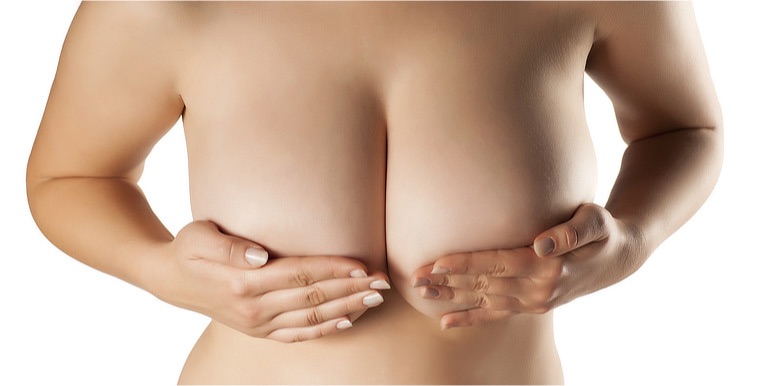Role of fat in assessing breast cancer risk
26. 10. 2011 | ecancer.orgIt is known that a high proportion of dense breast tissue, as seen with a mammogram, is associated with a high risk of breast cancer. But the role of non-dense fat tissue in the breast is less clear. New research published in the journal Breast Cancer Research [1] separates the breast cancer risks associated with dense, fibroglandular tissue, and fat, and shows that large areas of either are independently associated with an increased risk.
Image credit: shutterstock.com
The mammograms of postmenopausal women with breast cancer were compared to controls without cancer. The study used sophisticated computer software to read the films to reduce reader error (or intuition). The software simply compared dense versus non-dense tissue and was not looking for specific irregularities.
Not surprisingly older women and women with a higher BMI have a higher percentage of non-dense tissue.
The women with breast cancer tended to have a larger area of dense tissue and a larger area of non-dense tissue so that the biggest risk was for women with the largest areas of both. However this is not necessarily reflected in breast size because the risk associated with fat, though significant, is lower than the risk associated with fibroglandular tissue.
Read the whole article at ecancer.org
Reference
- Lokate, M., Peeters, P. H. M., et al. (2011). Mammographic density and breast cancer risk: the role of the fat surrounding the fibroglandular tissue Breast cancer research DOI: 10.1186/bcr3044
klíčová slova: breast cancer, fibroglandular tissue, fat tissue, mammographic density




